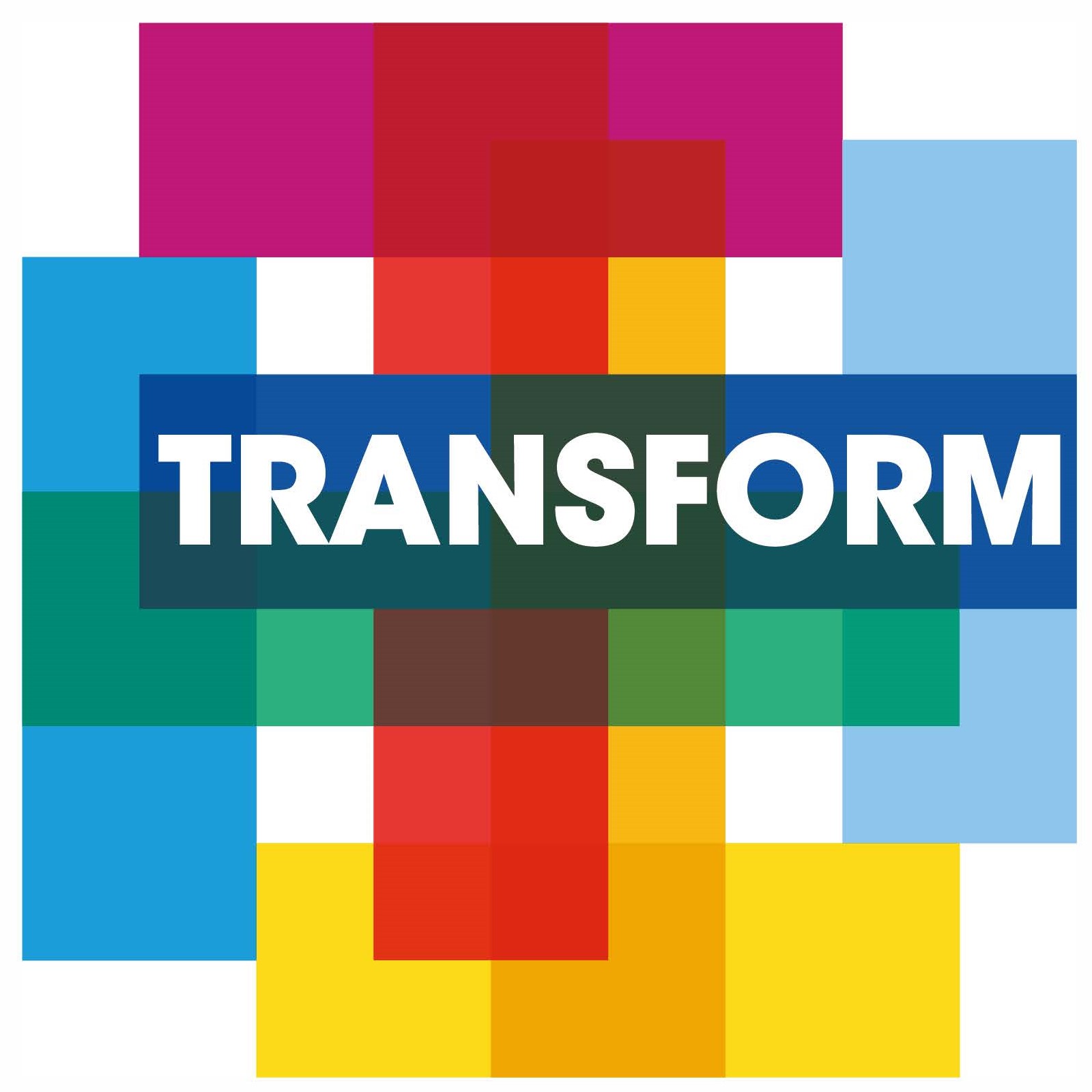The Future of Work in the Informal Economy
Published on: 29/11/2023
In collaboration with Brink, local Kenyan research partners, and informal economy workers, we are discovering more about the informal economy in Kenya and will be making collective recommendations for its future.
Picture this stark reality – across the African continent, nearly 280 million people are navigating the daily rhythm of life without enough food. A staggering 600 million still don’t have access to electricity, and hundreds of millions are without access to basic necessities. Approximately a third of the continent’s 420 million youth are unemployed, and women are less likely to be in work than men.
Africa’s formal economies are struggling to create the opportunities that are needed to help alleviate poverty levels. What’s more, they are also struggling to respond to people’s ambitions and energy to create a better future for themselves.
So what is the alternative? The vibrant informal sector is driven by energetic, entrepreneurial, yet mostly invisible people doing and dreaming big things! The informal business sector, it is argued, is the next frontier in Africa and is a major source of employment across the continent – yet it has not quite reached its full potential.
It plays a major role in supporting the livelihoods of up to 85% of sub-Saharan Africans and does so with very little support. The urban informal economy in particular is identified as an important contributor to poverty alleviation and is expected to continue playing a pivotal role for the foreseeable future.
Our research partner, Brink, alongside local Kenyan research partners Laterite, ProCol Africa, and Busara, have been examining the informal economy in Kenya with a particular focus on women and youth – read more about the context of this research and approach.
Early Insights
During phase 1, Brink conducted an extensive review of the wider landscape of the informal economy in Kenya. To do so, they engaged over 40 experts and key stakeholders, hosted monthly ‘Partner & Learn’ events, and scanned more than 70 academic articles, white papers, and industry reports. They are building on what already exists in order to understand the present and explore the future. Here’s some of what we’ve learned together so far:
- Micro-Enterprises Dominate: Over 99% of firms in the informal economy are microenterprises, primarily engaged in wholesale and retail trade, with an average operational span of seven years.
- Livelihood-Sustaining Businesses: A significant portion of these microenterprises (55% female-owned and 54% youth-owned) can be classified as “livelihood-sustaining businesses,” where the owner and employees depend on it as their sole income source.
- Gender Disparities: Women, despite owning a substantial portion of micro-enterprises, face challenges such as limited initial capital, fewer working hours, and higher business failure rates compared to their male counterparts. Men tend to have higher incomes than women.
- Youth in the Informal Economy: A considerable proportion of micro-enterprises are youth-owned (44%), including those which offer part-time employment opportunities for students to support their families.
- Education and Skills: Youth, especially young men, are the most educated group of workers in the informal economy.
- Future Trends in the Informal Economy: Technology is emerging as a significant force in the informal economy, from job matching platforms to creative content creation online. While these technological advancements offer potential benefits, including fostering gender equality, they also bring challenges such as low pay and unfavourable working conditions.
For more early insights, visit: https://hellobrink.co/early-insights-about-the-informal-economy-in-kenya/

About Brink
We are a team of psychologists, strategists, designers, creative thinkers and technology optimists.
We use a framework we call behavioural innovation to shape our work and our worldview.
-
 Report
Report
